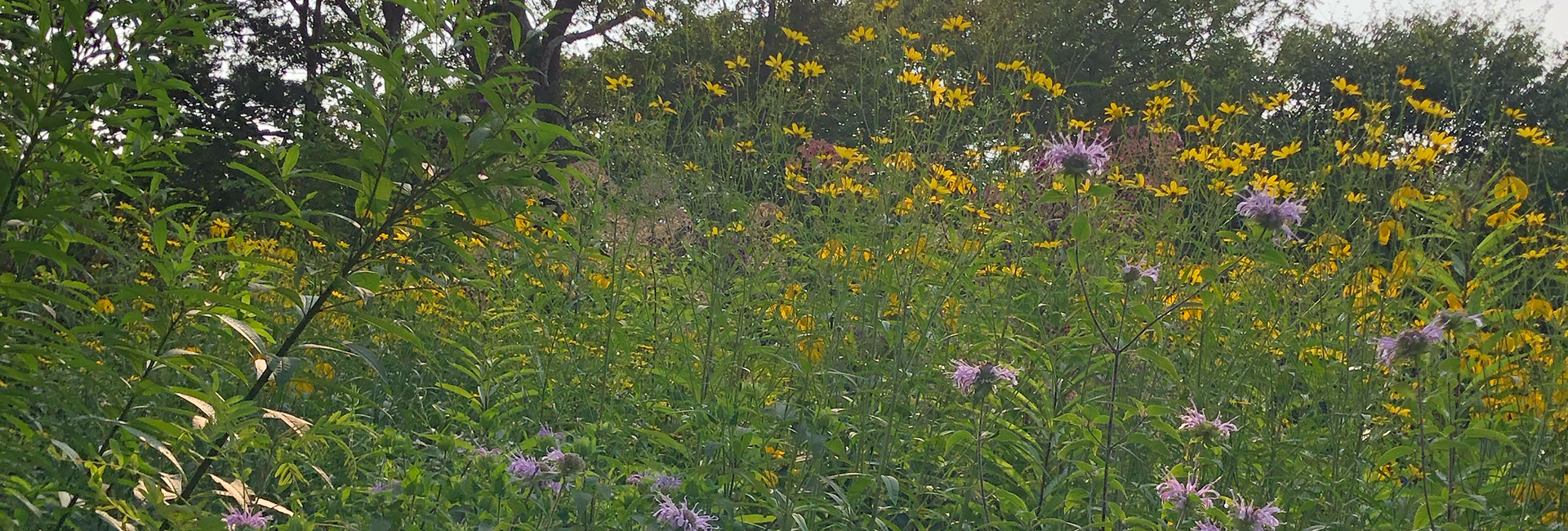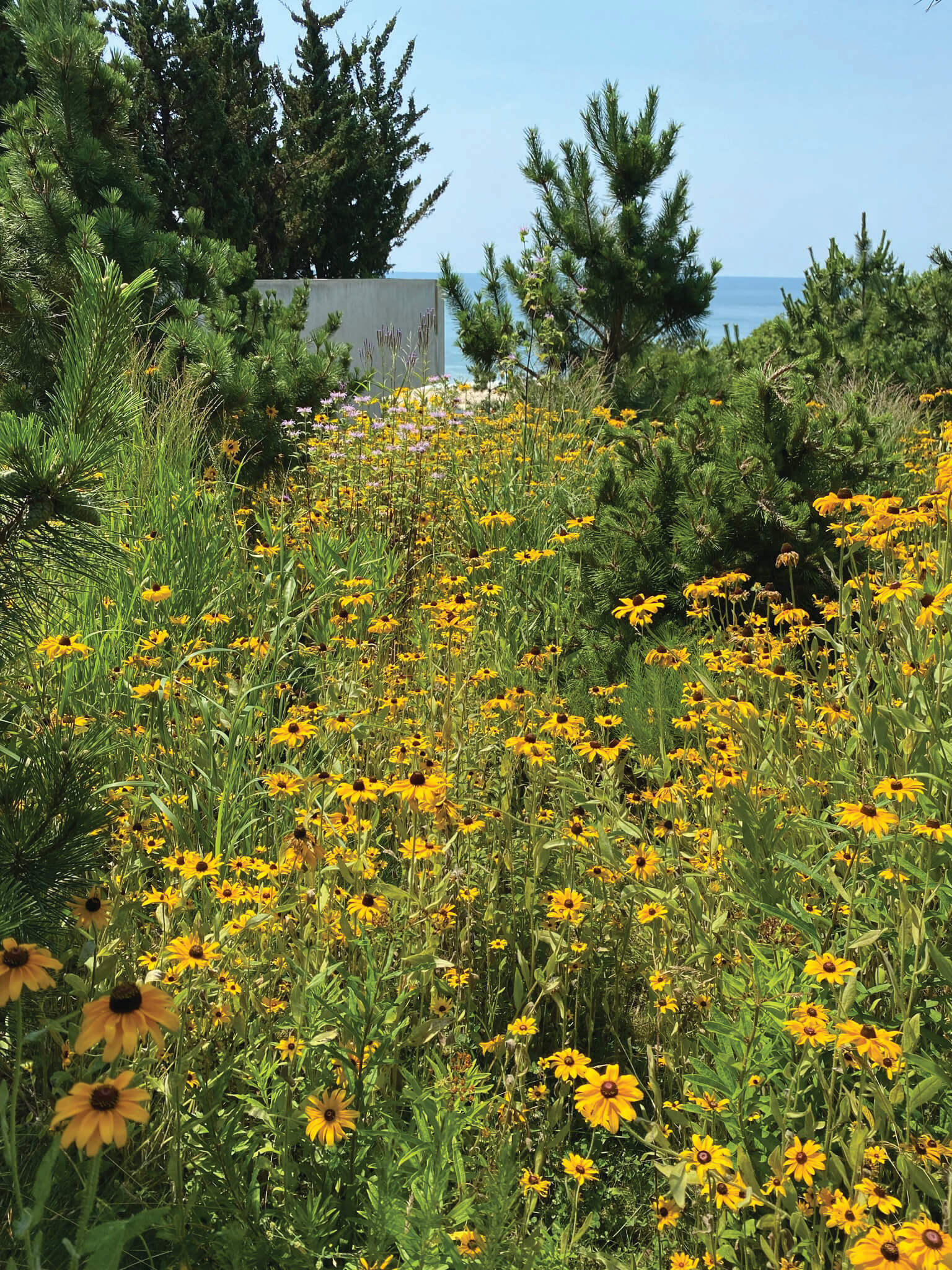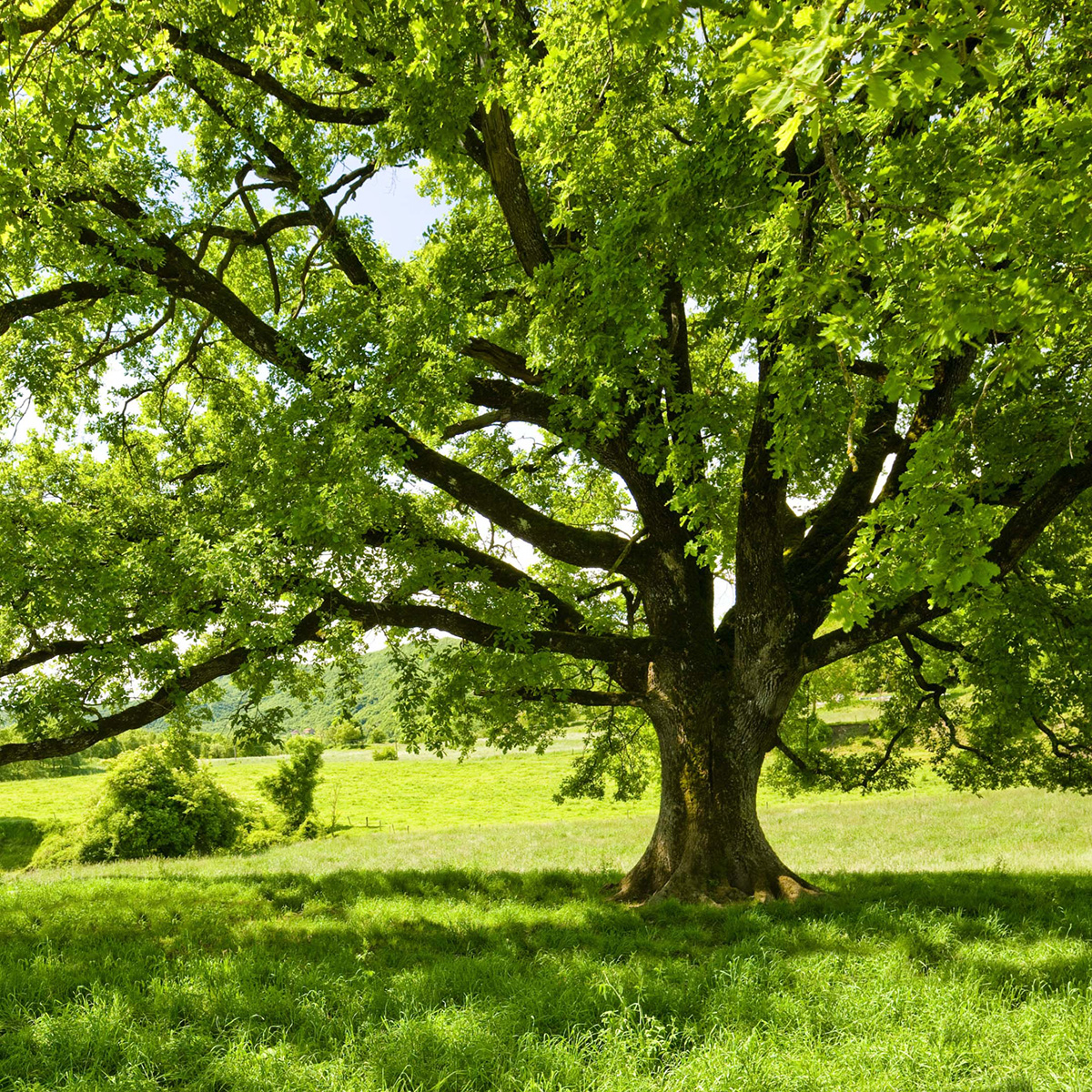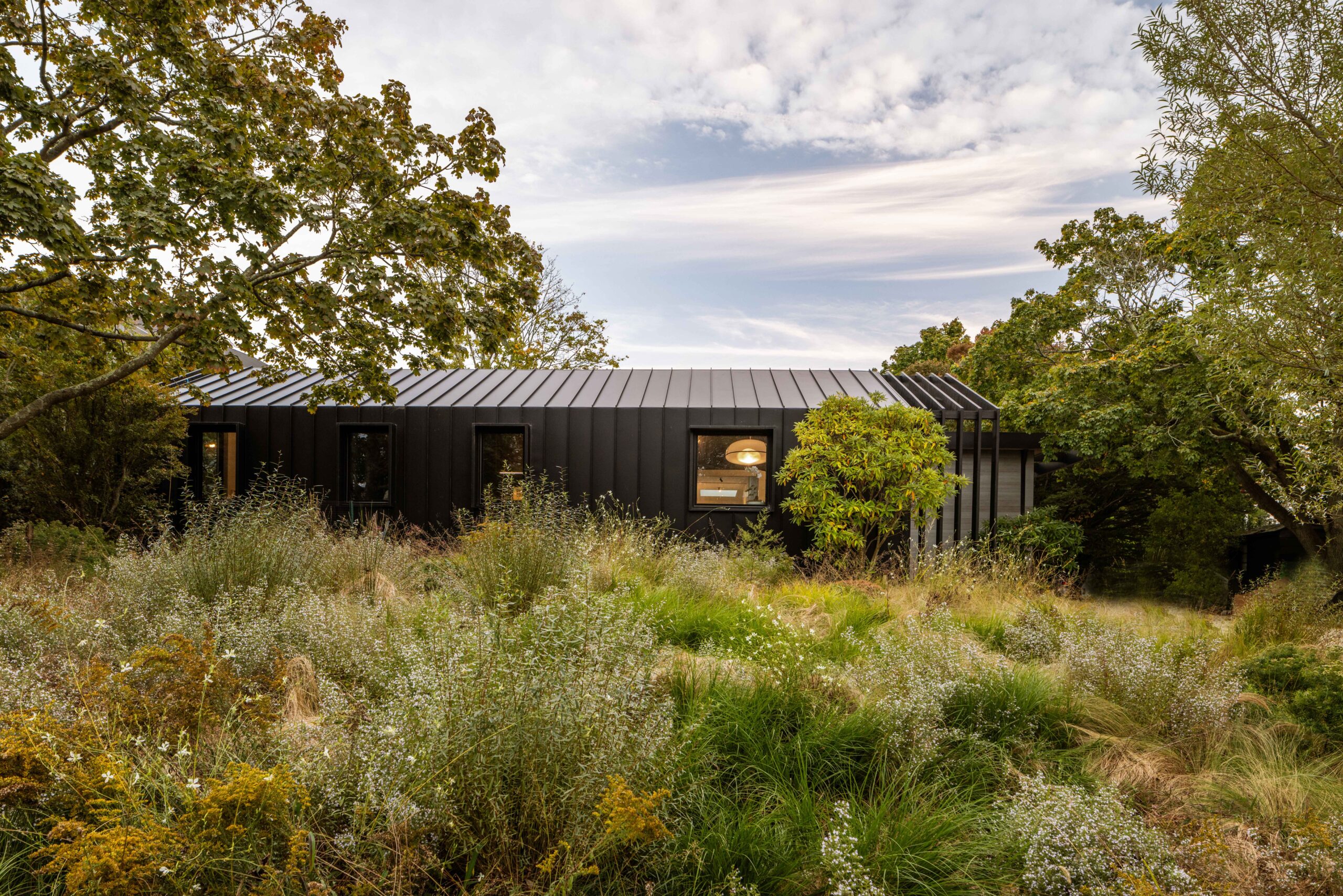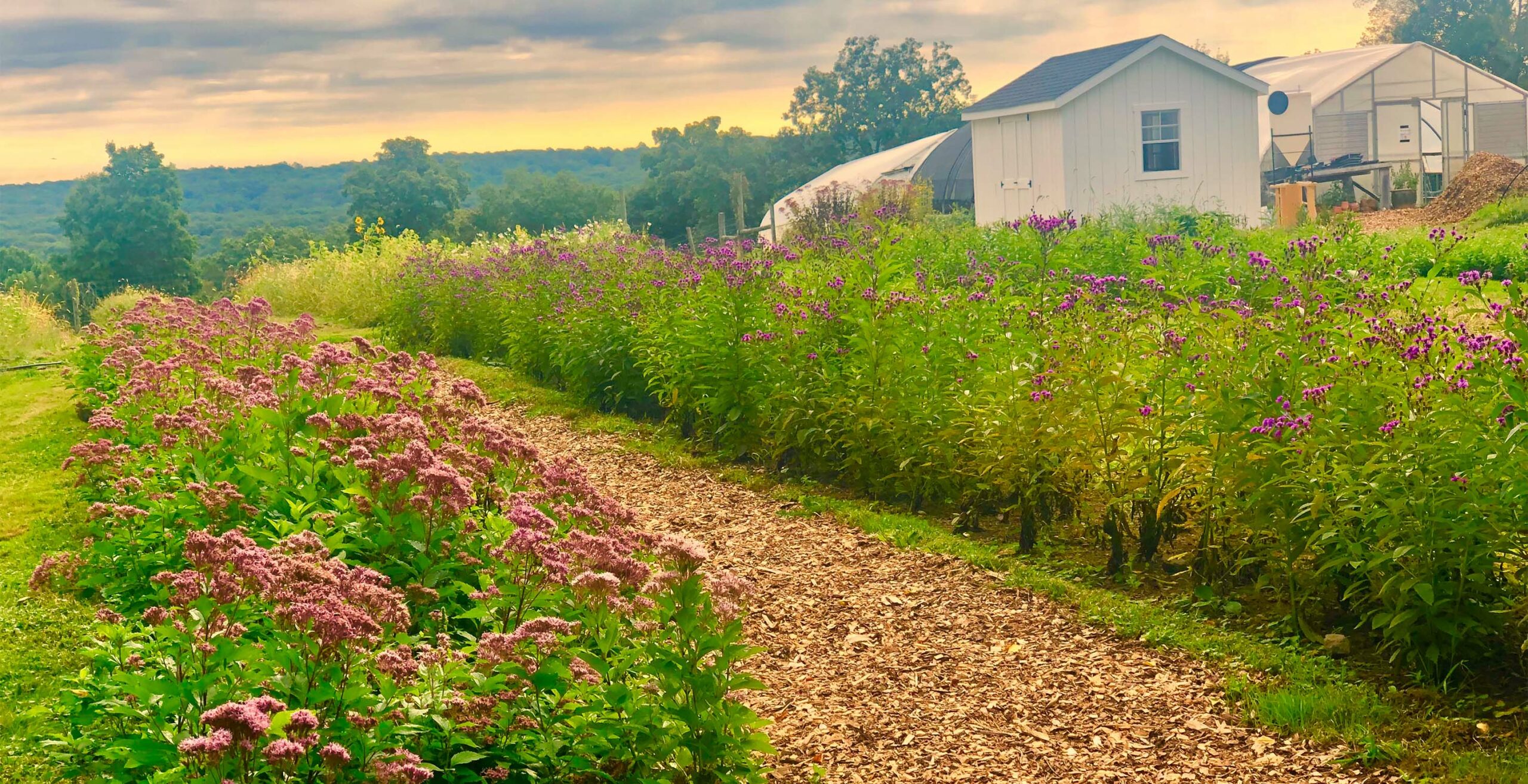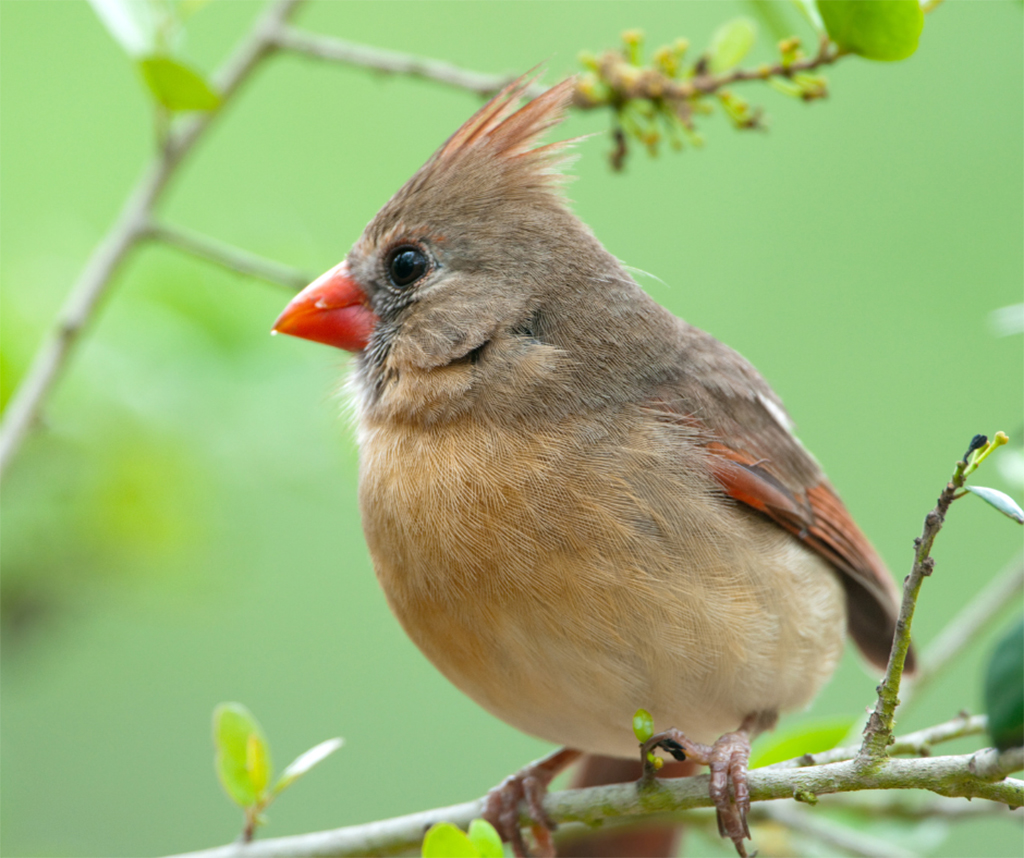
by Annie Novak
After the birth of my daughter, rising early went from a habit to a mandate, shifting from the reasonable hour of six to the brain-destroying, body-weakening predawn hours somewhere closer to four in the morning. With her every off-tempo breath I shot awake, rocking her back to sleep while numbly staring out the bedroom window of my first-floor apartment into the silent darkness of the backyard. But one morning this early spring, a bright, high note pierced the brain fog. As color crept back into the sky, a stocky brownish bird with a tomato-stained beak landed on the fence line, a chip note popping with each movement. As the female Northern Cardinal cocked her head at me, her partner arrived. She stood watch above him while he darted and shunted from fence to ground, taking in an early breakfast.
Deeply neglected, my yard is a tangle of invasive plants of the worst kind—a mess of mugwort, tree of heaven, morning glory vines, and non-native grapes. I’ve lived in my apartment for more than a decade and worked for one of the nation’s preeminent horticultural sites, the New York Botanical Garden, for twenty years, but with a perversity I can only attribute to the exhaustion of a workaholic, I’ve never managed to tackle a full rehaul. Holding my daughter, I knew this wouldn’t be the year, either. Yet, in the week that followed the Cardinals’ visit, House Finches sang in tight bursts from the shaggy, towering Ailanthus tree my third floor neighbor strung her laundry on, the last Juncos of the season did a quick inventory of the weedy winter seed heads, and the American Robin’s tumbling, liquid spring song started up atop my white flag of surrender, my dead peach tree, right before the sun rose just as my daughter stirred.
Why were they here? In the landscapes I cultivate professionally, we employ the very best standards for a generalized bird-friendly landscape:
- Maintaining a water source
- Providing sheltering shrubs
- Using native plants whose seeds, fruits, and hosting capacity for insects keep a rotating menu of delights available to all comers. (Read more from Annie about native birds and plants.)
My yard, on the other hand, has always given me the feeling of a gas station convenience store where road trip meals come together randomly—when a boiled egg, pretzels, and an iced tea can serve as the dinner that gets you the last hundred miles home. But as spring marched in and birds rode the night winds north towards finer landscapes, mine, with its dense tangle and neglected seed heads and total absence of lawn; its de facto organic gardening practices and the absence of humans, was doing the trick. Northbound Northern Parulas and southbound White-throated Sparrows pit-stopped, looking for better, but briefly settling for less. Here, I realized, was the perfect yard for me at this moment in my life: a habitat built of benign neglect providing a lesson in self-forgiveness.
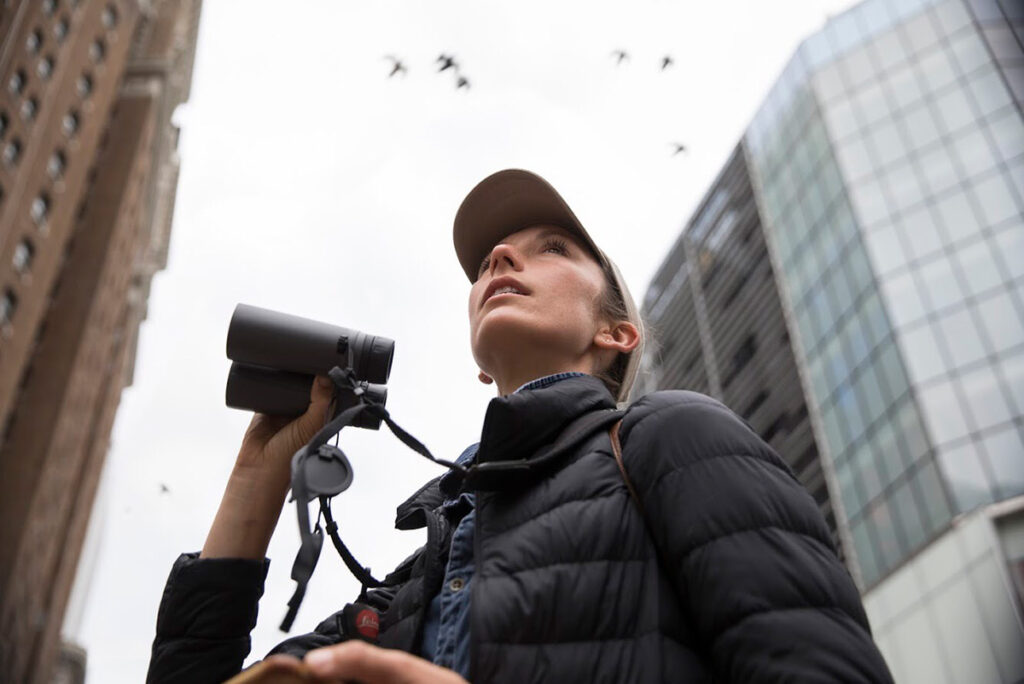
The author out bird watching in New York City. Photo by Sophie Butcher.
But there was one thing I could and should do. On a calm, blue-sky morning, I put the baby in her carrier and took her out in the backyard. She’s at an age where she fusses if she isn’t facing forward, and so she watched our reflections with interest in the glass of my first-floor bedroom window as I washed the pane, then affixed strips of clear, lightly dotted tape in measured vertical lines. Humans learn to see glass, but many species of animals don’t. Birds, especially migratory songbirds, are prone to flying directly into reflective surfaces which extend the image of earth and sky. Every year, a billion birds die from glass collisions in the United States alone. Even the most beautifully crafted native plant landscape is a death trap if reflective surfaces are nearby. In ten minutes, with minimal effort, I had made the maximum impact for my yard’s birds.
Prevent bird collisions by adding special tape to windows. Every year a staggering one billion birds die from glass collisions here in the U.S. Click here for a selection of tapes you can use at home.
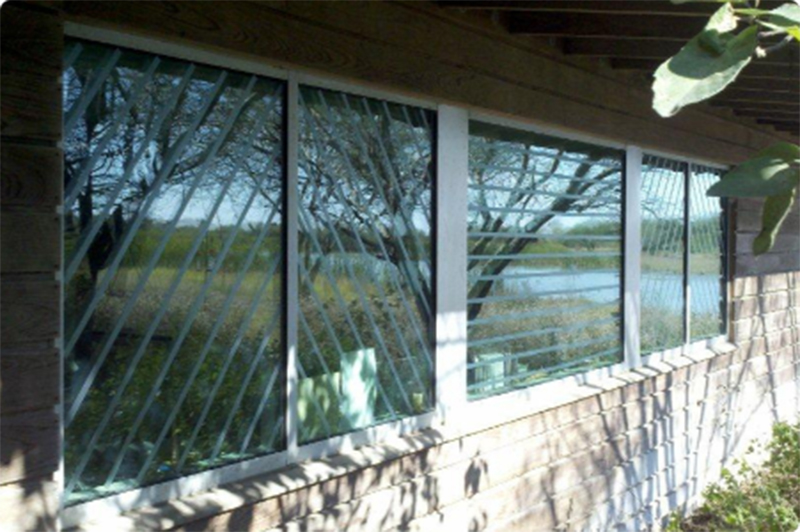
Satisfied, I stepped back and squeezed my daughter’s tiny hands. In a few years, we’ll garden all of this together, I whispered into the small shell of her ear. She kicked her feet and babbled neutrally. I’d like to say that at this point a cardinal started to sing, but, due to our presence, the few birds out and about had tucked away into the scramble of plants. So, we went back inside. In a few minutes, we watched from the bedroom window as they cautiously flew back, tacking between the vines and weeds, to the yard they briefly called home.
Annie Novak is the author of The Rooftop Growing Guide: How to Transform Your Roof into a Garden or Farm, the Manager of the Edible Academy at the New York Botanical Garden, Director of Growing Chefs: Food Education from Field to Fork, and co-founder and head farmer of the Eagle Street Rooftop Farm, the nation’s first commercial green roof vegetable farm. A board member of the American Bird Conservancy, she speaks, teaches and writes nationally on farming, gardening, and the natural world.
